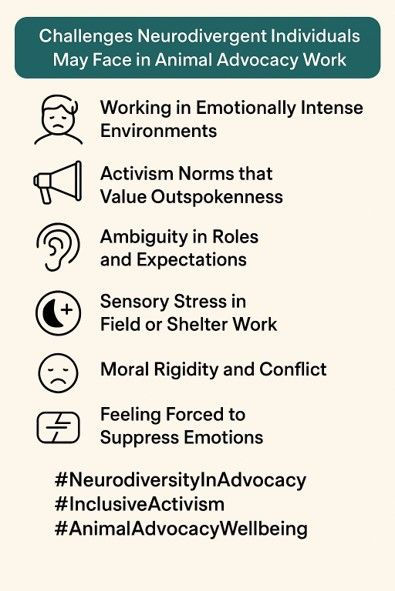The Transformative Benefits of Animal-Assisted Therapy
- Dr. Tani Khara

- May 12, 2023
- 3 min read
Updated: May 12, 2023
The best therapist has fur and four legs.

Animal-Assisted Therapy (AAT), also known as pet therapy, involves the therapeutic use of animals. This innovative approach to healing is used in a variety of settings - from hospitals to nursing homes, schools, and even prisons. In fact, Forbes Magazine - in 2019 - ran a news story on The Puppy Prison Program in Kentucky, USA. The presence of these beautiful labrador puppies was noted to significantly help reduce loneliness and anxiety among the inmates.
With AAT, animals like dogs, horses, cats and even dolphins are seen as active participants in the healing process. But what makes this approach special and why is it gaining attention among mental health professionals?
The Healing Power of Animals
Animals - particularly dogs and cats - have long been recognised for their ability to reduce depression, anxiety, trauma symptoms, addiction and other mental health challenges.
Interacting with an animal can trigger the release of endorphins - often referred to as "feel-good hormones" - which can elevate mood. For example, petting or cuddling an animal has been shown to increase oxytocin levels, a hormone that reduces stress and promotes feelings of happiness and well-being.
The unconditional love and acceptance that animals offer can also provide a welcome distraction from pain or stress.
Boosting Social Skills and Communication:
Animals can act as a social lubricant, helping to stimulate conversation and social interaction.
This is especially useful for children with autism and other social disorders.
Recent research indicates that children with autism spectrum disorder (ASD) tend to show an increase in their prosocial behaviours when in the presence of animals. Children with ASD have also been found to use more language in occupational therapy sessions that incorporate the presence of animals when compared to sessions without animals. These children also report showing more social engagement - such as smiling - when in therapy sessions that include a real dog versus a stuffed toy.
Another study showed that dog-assisted therapies can help children with cerebral palsy improve their ability to use their bodies, and also help reduce fears and anxieties.
Caring for animals can also foster a sense of responsibility and empathy. This is particularly beneficial in settings like juvenile detention centres.
Help with Social Isolation:
Loneliness has been described as a modern day pandemic. It tends to be marked by a sense of emptiness, lack of control, low self-worth and personal threat.
Animals offer non-judgmental companionship, providing comfort and reducing feelings of loneliness or isolation. In the struggle against loneliness, companion animals may also facilitate human interaction as social “icebreakers.” To this point, the human-animal interaction (HAI) effect has been characterised as building social capital in that owning a pet is significantly associated with higher social capital.
Pre-pandemic research on the mental health benefits of pets also show that people turn to their pets as “safe havens”. According to attachment theory, animals and humans may serve as attachment figures for one another, with attachments to pets being reported to rival and even exceed attachment to people.
Enhancing Physical Rehabilitation:
Physical therapists also often incorporate animals into their treatment plans to help patients recover from various injuries or surgeries.
For example, Acquired Brain Injury (ABI) survivors with cognitive impairments are said to benefit from AAT. In some instances, horse riding (hippotherapy) can help improve balance, coordination, and muscle strength. Similarly, walking a dog can motivate patients to move and stay active, leading to better physical fitness.
Research also shows the positive therapeutic impacts of animal visits for patients battling physical ailments like cardiovascular disease, Alzheimer’s disease, and cancer. The simple act of petting an animal can result in lower blood pressure and heart rate - and this calming effect is beneficial to those dealing with hypertension or recovering from cardiac events.
In addition, AAT can help reduce the perception of pain in individuals suffering from chronic pain or undergoing painful medical procedures.
All these mechanisms demonstrate the psychosomatic effects of the human-animal bond during AAT.
Conclusion
The healing power of animals is extraordinary. Animal-Assisted Therapy isn't just a beautiful bond between human and animal, it's a powerful therapeutic tool that can transform lives.
In an age where we often feel disconnected, Animal-Assisted Therapy serves as a gentle reminder of our inherent need for connection - not just with each other but with all living creatures.
It shows us that in our journey towards healing and wholeness, we are never alone.
Our mental health work in this space
Sentient - as the name highlights - is about recognising our important symbiotic relationship with our fellow non-human beings.
Our team of psychologists and counsellors at Sentient are starting to work extensively with individuals in the animal care sector, and with individuals & families with pets. We support clients seeking support for anxiety, depression, burnout, grief and trauma, in addition to a range of other presentations.
For more information, please don’t hesitate to reach out to us for a chat.
Subject matter specialist on human-animal interactions: Dr Tani Khara



